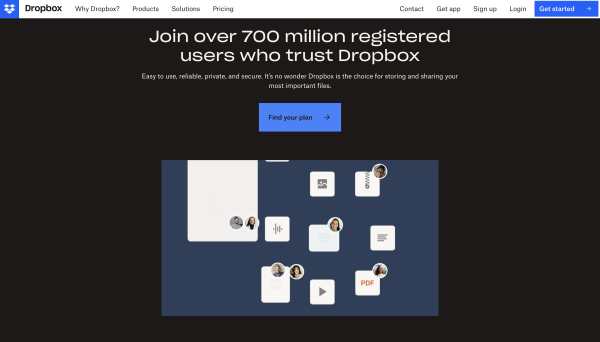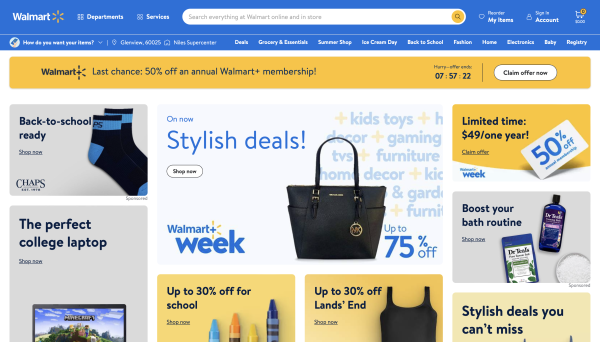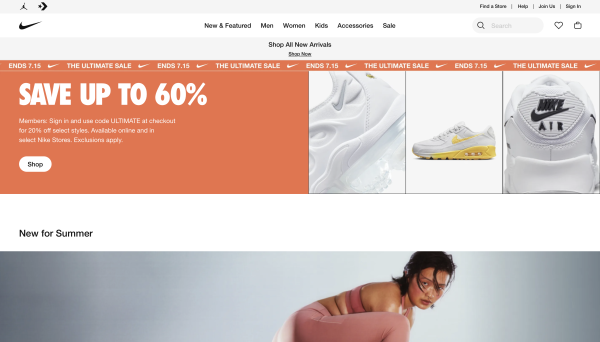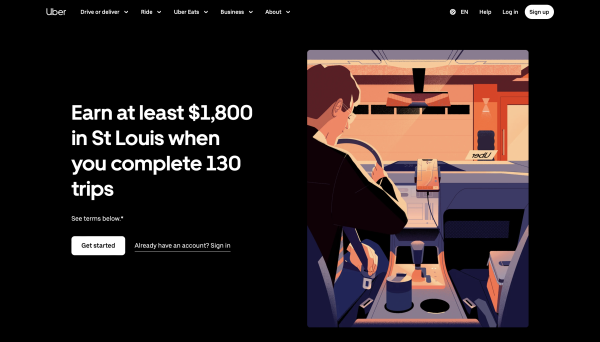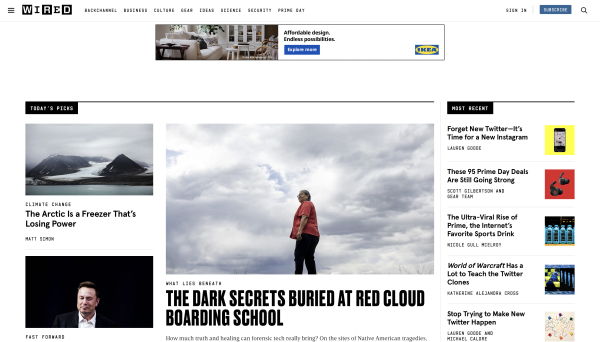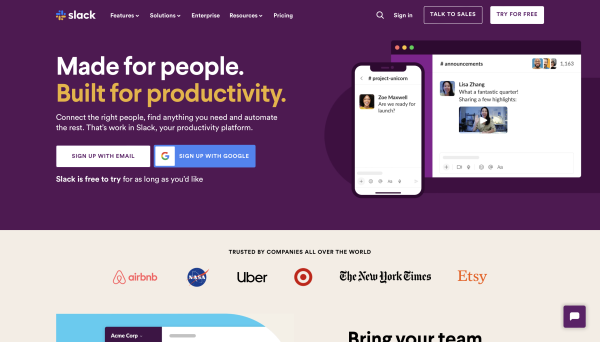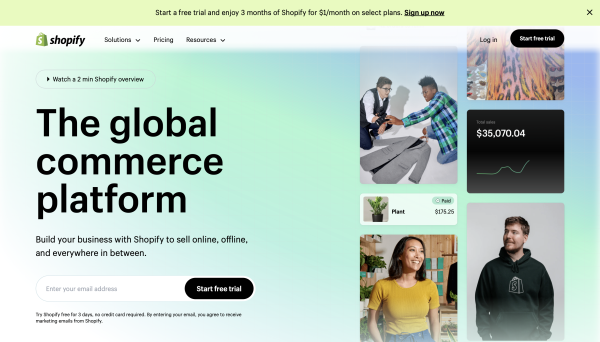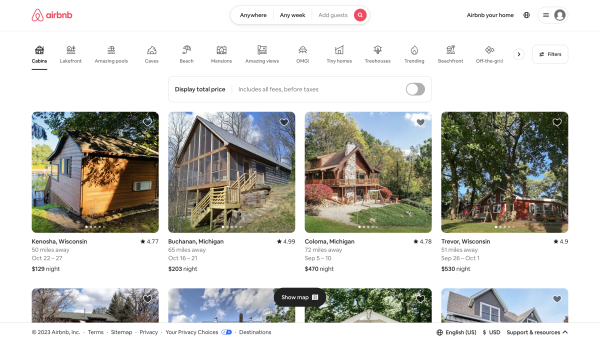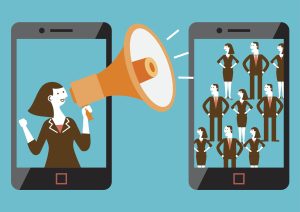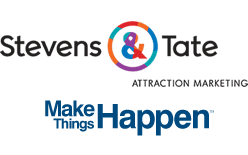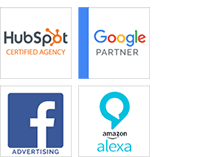
Unique Media Platforms to Consider Heading Into 2026
We were looking for a digital billboard solution for a client but wanted something fresh that could stretch every penny of the budget. While scrolling through Instagram, I came across Caasie—a platform that lets you manage your own digital billboard placements. It felt like the kind of nimble, alternative media solution that more brands should know about. And it’s not the only one.
As competition grows and audiences fragment across channels, marketers in 2026 need to think beyond traditional media buys. Innovative, cost-efficient platforms are emerging that allow brands to reach audiences in smarter and more creative ways.
Why Explore Alternative Media Platforms?
Traditional channels like TV, radio, and even mainstream social media remain valuable, but competition and rising costs mean that smaller, more innovative platforms often offer better ROI. These platforms also empower brands with flexibility, self-serve tools, and hyper-local targeting options that weren’t possible just a few years ago.
Examples of Emerging Media Platforms
1. Self-Serve Digital Out-of-Home (DOOH) Advertising
Platforms like Caasie make billboard and digital signage advertising more accessible. Instead of negotiating through agencies or paying for lengthy campaigns, businesses can now log in, upload creative, and manage placements in real time—similar to buying digital ads. For B2B and B2C brands alike, this creates opportunities to make hyper-local connections at a fraction of the cost of traditional OOH campaigns.
2. Retail Media Networks
Retail media is booming, and by 2026, it’s expected to grow even more. From Amazon to Walmart to niche grocery chains, retailers are turning their digital real estate into ad networks. These platforms allow brands to place targeted ads directly where purchase decisions happen, offering both visibility and measurable conversion impact.
3. Audio Streaming & Podcast Marketplaces
With more people consuming on-demand audio, podcast marketplaces and self-serve ad platforms like Spotify Ad Studio or Acast Marketplace are growing in influence. They enable brands of all sizes to buy audio spots and even dynamically insert ads based on listener demographics or interests. For brands seeking engagement, audio provides a trusted, intimate channel.
4. In-App & Niche Community Advertising
Beyond Meta and Google, platforms are emerging that allow brands to connect directly with smaller, highly engaged communities. Think in-app ads in fitness, parenting, or even professional networking platforms. These offer less clutter and more authenticity compared to crowded mainstream social feeds.
5. Connected TV (CTV) and Programmatic Video
While not entirely new, CTV continues to expand as cord-cutting accelerates. Programmatic tools are now making it easier for smaller advertisers to access premium inventory once reserved for large brands. Heading into 2026, expect continued growth in shoppable video ads, interactive CTV formats, and niche streaming networks.
How Brands Can Prepare
- Test Early & Often: Pilot campaigns on smaller platforms to see what resonates.
- Leverage Self-Serve Tools: Take advantage of automation and control that these platforms provide.
- Integrate With Broader Strategy: Don’t treat alternative platforms as side experiments—connect them with your brand storytelling and performance metrics.
Learn More About:
The Future of Paid Media Advertising: AI, Automation, and Means for You
The future of media isn’t just big networks and mass audiences. It’s nimble, hyper-targeted platforms that empower brands to connect with consumers on their terms. By exploring these unique opportunities now, marketers can stay ahead of competitors and unlock new ways to drive growth in 2026 and beyond.
Explore Platforms Mentioned:
Ready to rethink your media strategy? Contact us today for a free consultation and discover how we can help you leverage new platforms to maximize ROI.













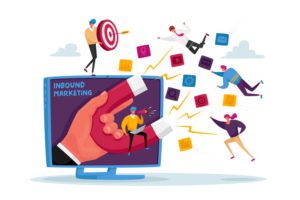 Mastering inbound marketing requires a strategic approach to attract, engage, and convert customers. From SEO optimization and content creation to email marketing and influencer collaborations, each tactic plays a crucial role in driving organic growth. Leveraging interactive content, social media engagement, and continuous performance analysis ensures your marketing efforts remain effective. By implementing these ten strategies, businesses can build strong customer relationships and increase brand visibility.
Mastering inbound marketing requires a strategic approach to attract, engage, and convert customers. From SEO optimization and content creation to email marketing and influencer collaborations, each tactic plays a crucial role in driving organic growth. Leveraging interactive content, social media engagement, and continuous performance analysis ensures your marketing efforts remain effective. By implementing these ten strategies, businesses can build strong customer relationships and increase brand visibility. 


